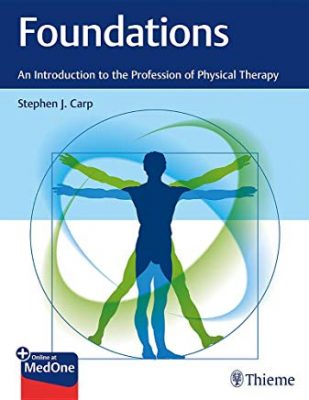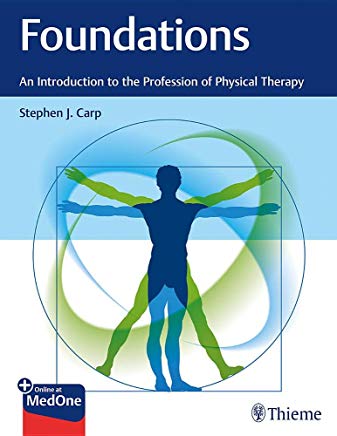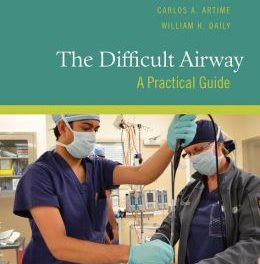 Author: Stephen J. Carp, PT
Author: Stephen J. Carp, PT
Publisher: Thieme – 281 pages
Book Review by: Nano Khilnani
Those who aspire to become licensed physical therapists must undergo education and training to receive a Doctor of Physical Therapy (DPT) degree. This book provides the information needed to obtain that education, training, degree, and license and to help you decide if this profession is right for you and your frame of mind.
It is a practical book, and you will find many aspects of the profession covered in it, as you will note from the list of its chapters named below. One notable aspect is the personal experiences of people in different positions within physical therapy. This humanizes the profession, with people expressing their joys and sorrows on a given day at work.
Six contributors to this book including the editor Stephen Carp wrote or co-wrote the 16 chapters of this book that we list below to provide you a broad overview of its coverage.
- The Evolution of Physical Therapy Practice
- Insurance and Reimbursement
- The Health Care Team
- Documentation
- Physical Therapy and Community Practice
- The Physical Therapist as a Researcher
- Clinical Education in Physical Therapy – Past, Present and Future
- A Student’s Perspective of Clinical Education
- Resources for Career Development
- Professionalism in Society
- Acquisition of a First Job
- Evaluating a Job Offer
- The Physical Therapist as an Effective Teacher
- Cultural and Spiritual Competence n Health Care
- The Legal Aspects of Physical Therapy Practice
- The Future of Physical Therapy
Detailed outlines of topics covered are the hallmarks of each chapter. Let us take a look at one of them. Chapter 7 – Clinical Education in Physical Therapy – spans page 95 to 111. This chapter authored by Kim Nixon-Cove contains an outline of topics covered.
We provide below some excerpts of a lengthy personal note by Jane L. from Des Moines, Iowa:
“ I have been a Director of Clinical Education (DCE) for a large, Midwestern, entry-level physicl therapy program for nearly ten years. There are some days that I feel I have the best job in the entire world and other days like today, I just want to go home, get into bed, and pull the covers over my head.
“I never planned on becoming a DCE. My love has always been pediatrics. After graduating I was fortunate to be offered a staff position in a large, teaching public hospital in Chicago…”
Jane goes on to relate the highlights of her numerous experiences over the last ten years and in the end, she relates the joy that was expressed by someone named Diane whom she had offered a position at a pediatric hospital.
Twelve weeks after her final internship ended Diane burst into my office and with tears in her eyes gave me the biggest hug I had received since my wedding. Not onky did she perform well in the pediatric hospital, she was offered a full-time position after graduation. I do love my job.”
This chapter provides an extensive description of clinical education in physical therapy. The chapter outline itself is extensive, and gives the reader a broad overview of what is discussed in it.
Overall, this is a great book, and in order to provide an adequate description of what make is unique among other works in physical therapy, we quote the Foreword writer Dr. Anita M. Santasier: “This explicated lens of both benefits and barriers enables the reader to continue to reflect on the impact of physical therapy and the PT’s responsibility within the topic at hand.”
She continues: “As a colleague, I can tell you first hand that Dr. Carp has many gifts. Personally the gift I value the most is his natural ability to connect with people within personal engagements…when you get this opportunity to spend that gift of time with Steve, you always walk away with much more than you came with. This is what you should expect when reading this book.”
Author:
Stephen J. Carp. PT, PhD, GCS is Assistant Professor in the Department of Physical Therapy at DeSales University in Center Valley, Pennsylvania.







